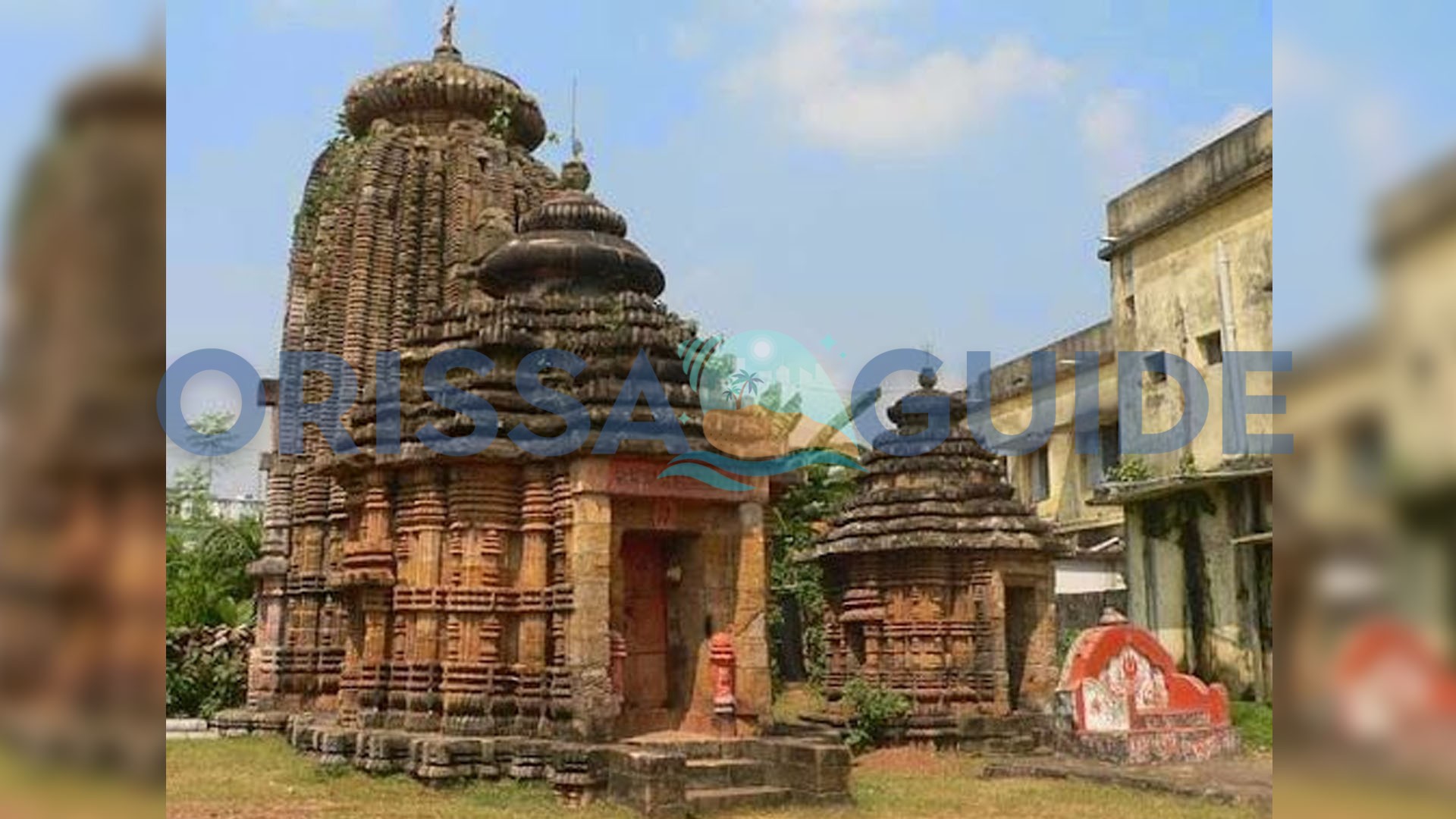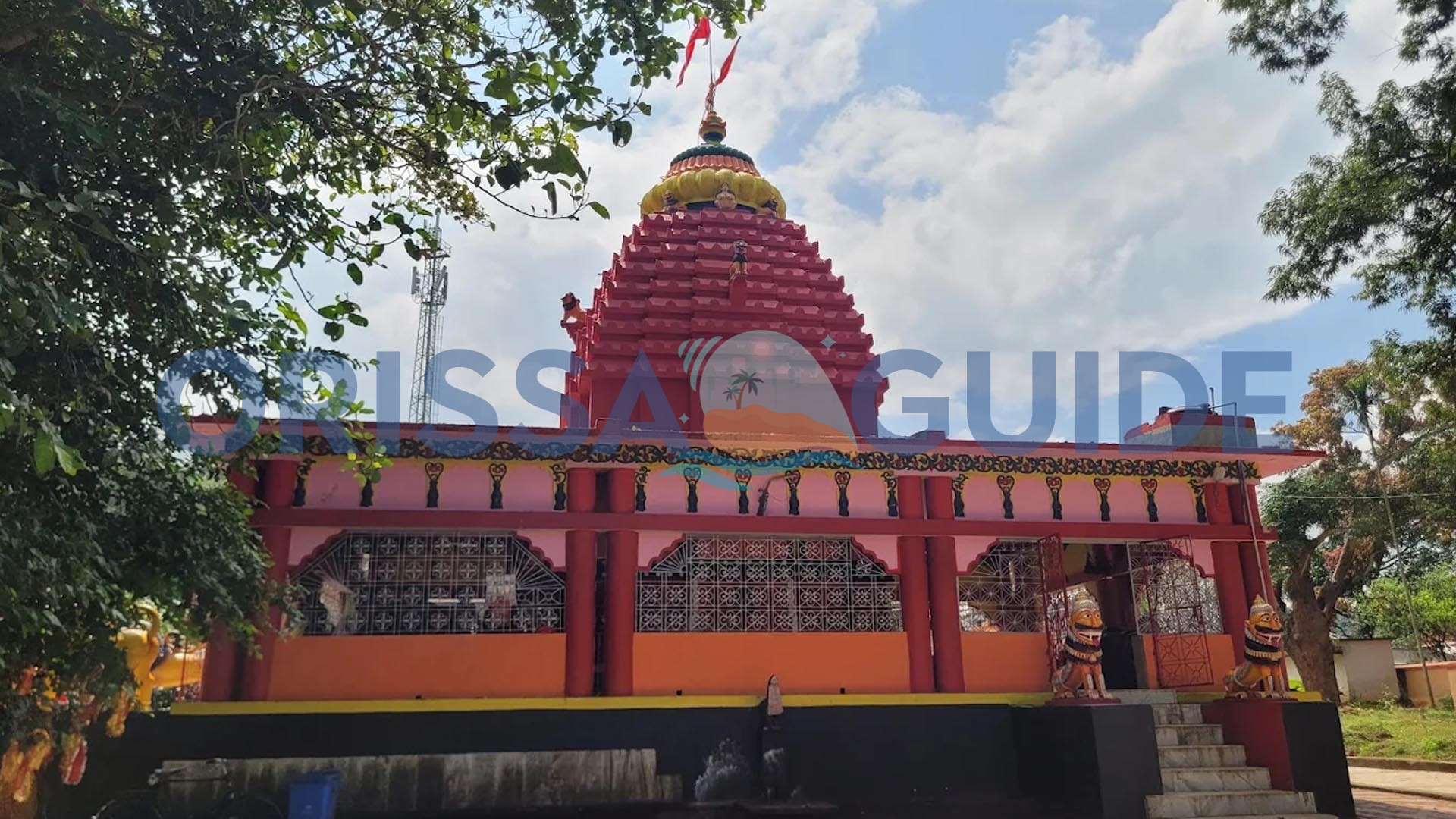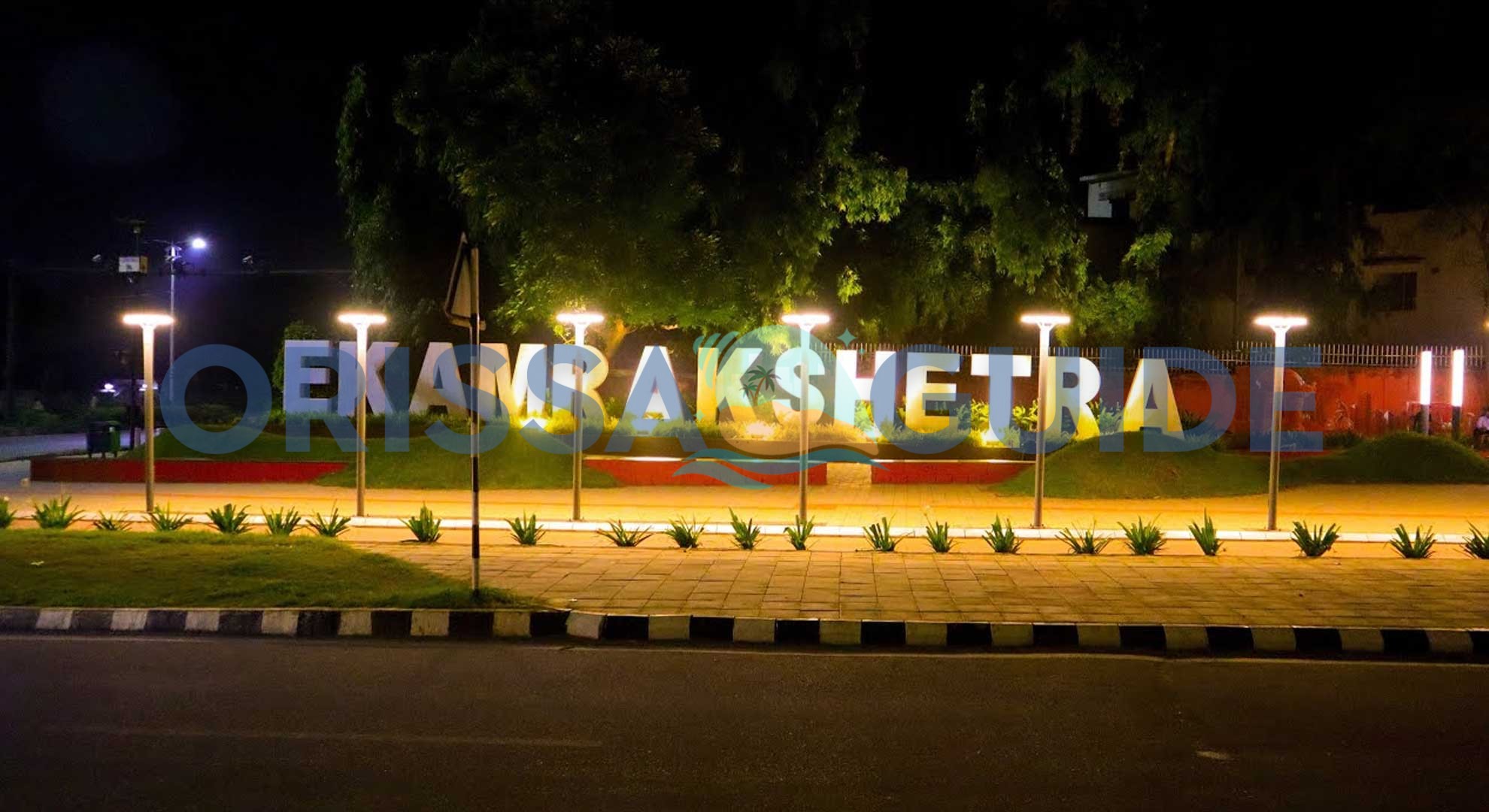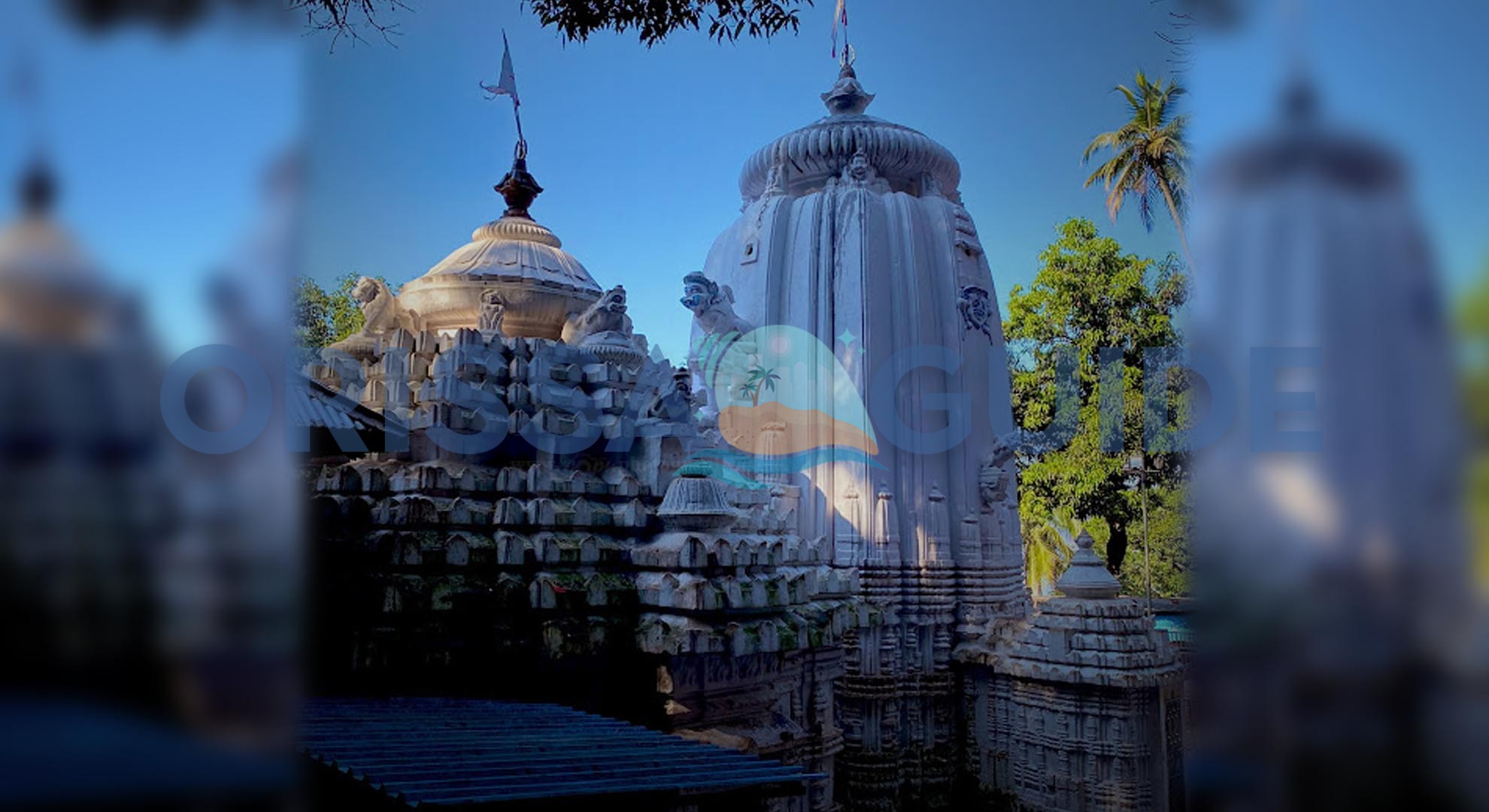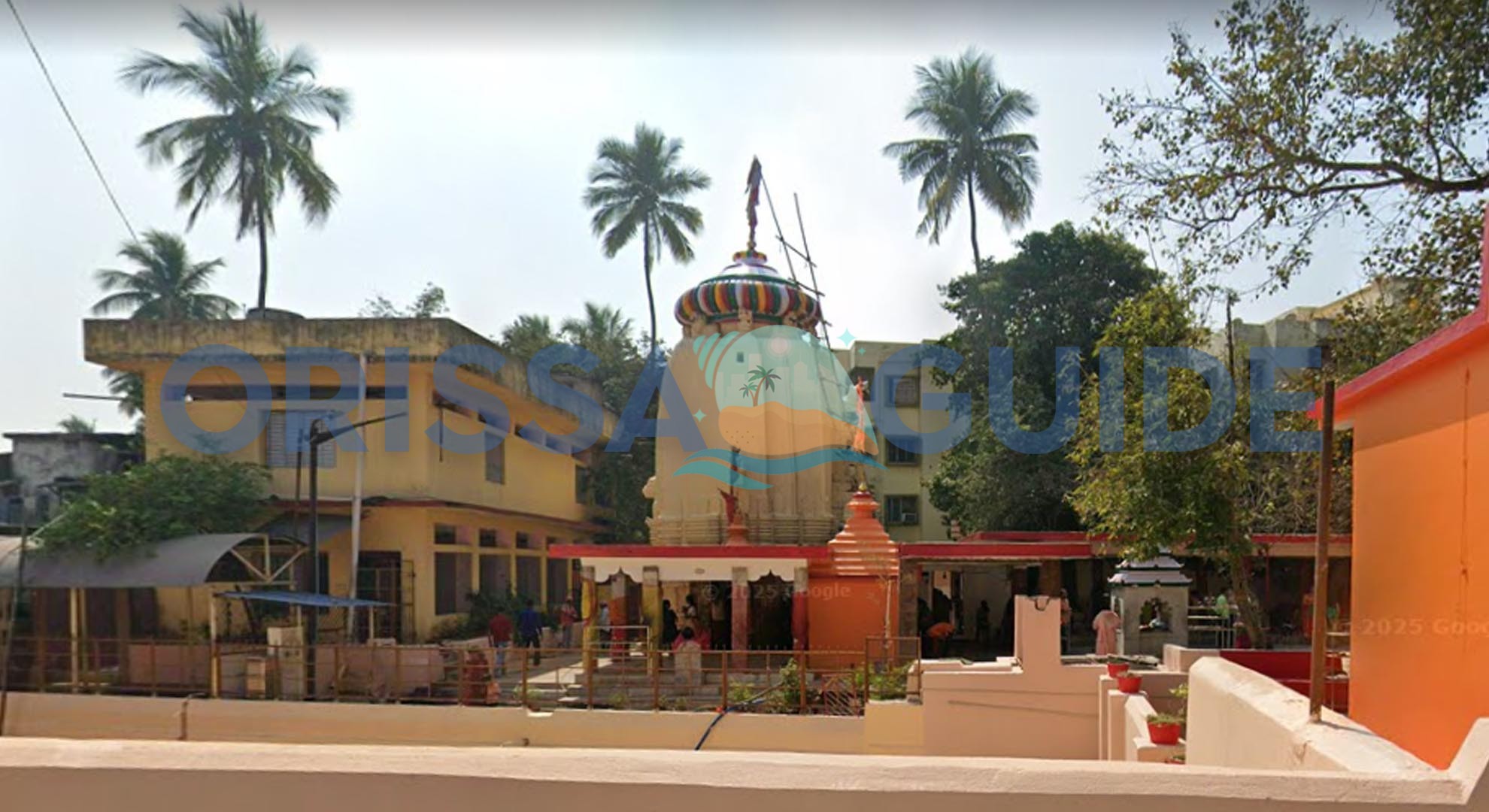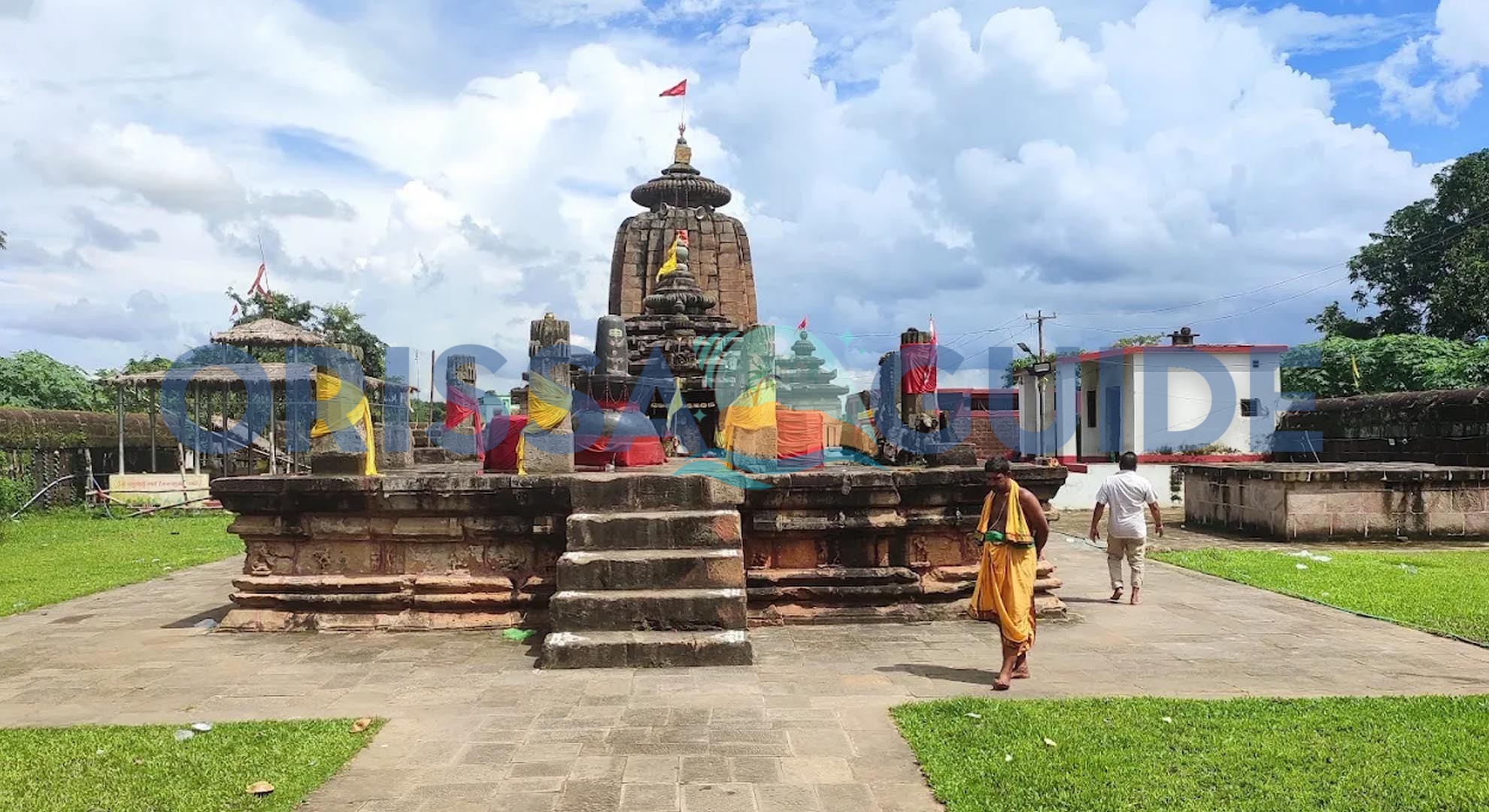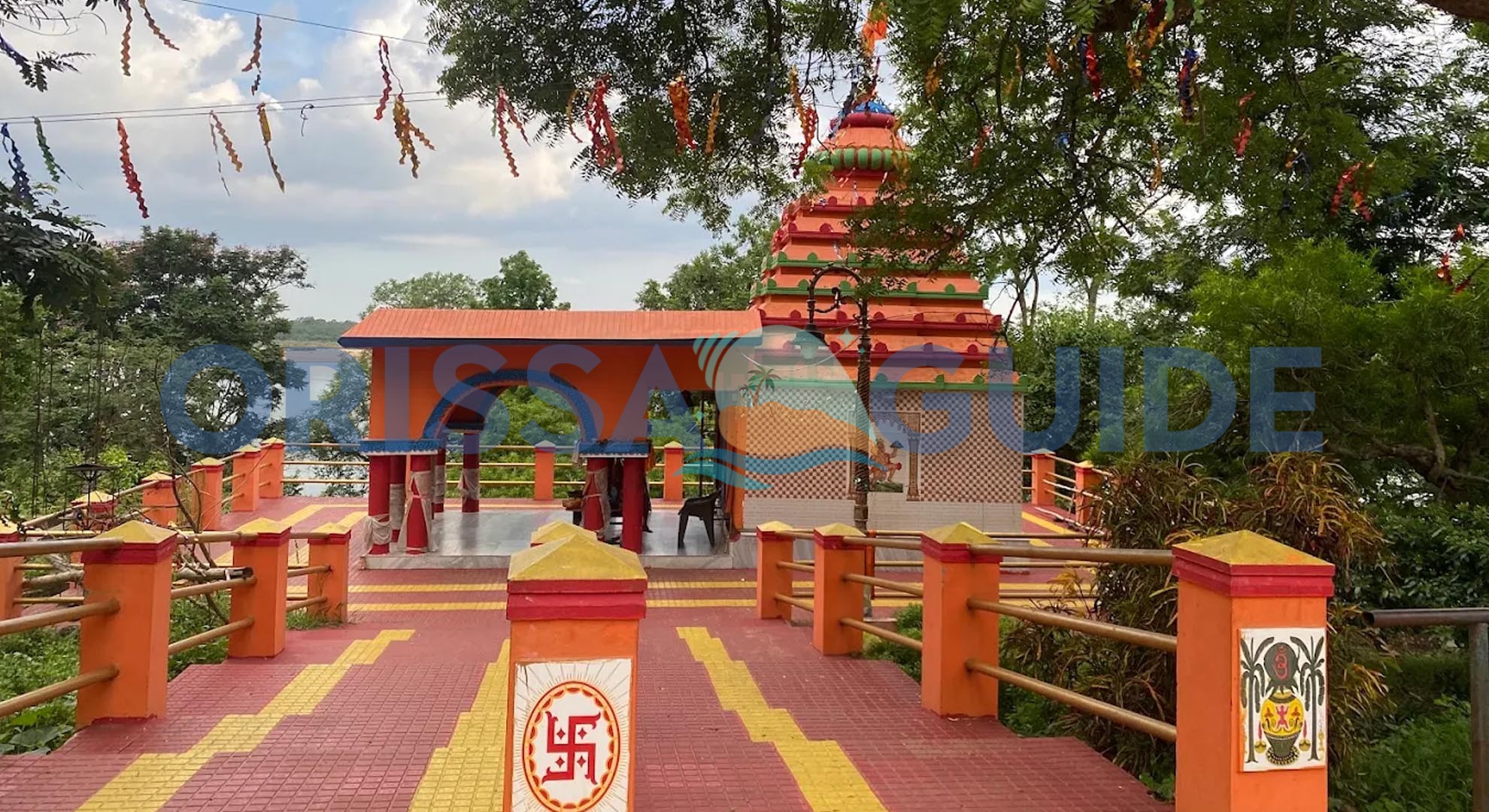The Dishisvara Siva Temple in the Bhubaneshwar temple city in Odisha is a traditional place of worship of Lord Shiva. It is one of the iconic holy places of India’s cultural and religious heritage. The temple is built in Kalinga style (a lavishly sculptured style of stonework) and is a fine example of Odishan medieval temples and their skill and bespoke ability to sculpt.
The temple is one of Bhubaneswar’s many old temples. It provides a quiet spiritual sanctuary for devotees, devotees who come to the temple complex, which has carvings, the temple’s high shikhara, and a serene atmosphere.
Bhubaneswar is regarded as the “Temple City of Odisha.” It is another heritage site that has the Dishisvara Siva Temple as part of a rich ancient and religious traditions of India, and first-class Kalinga architecture. The Dishisvara Siva Temple is a wonderful addition for all pilgrims to visit or anyone who is interested in cultural or travelling heritage within Odisha State.
Key Features – Dishisvara Siva Temple:
- Ancient shrine dedicated to Lord Shiva
- Built in Kalinga architectural style
- Part of Bhubaneswar’s temple heritage circuit
- Intricate carvings and spiritual ambiance
Historical Significance of Dishisvara Siva Temple
Constructed between circa 10th-11th century CE, the Dishisvara Siva Temple is believed to have been established during the time of the Somavamsi dynasty’s reign, which marks an important era in Odisha’s temple architecture. The Somavamsi dynasty facilitated the height of Shaivism in Odisha, during which Bhubaneswar became one of its primary centres of activity.
The temple’s general architecture reflects classic Kalinga style, with a curvilinear tower (rekha deula), dark and light stone carvings depicting deities, mythical creatures, and floral designs. Scholars and archaeologists recognize the importance of the Dishisvara Siva Temple to further construct research on the methods and technologies associated with the construction of medieval Hindu temples.
The Dishisvara Siva Temple is also considered part of one of the central clusters of temples in Bhubaneswar, with it sharing similarities with several iconographies with other temples within the cluster, such as the Lingaraj Temple, and Mukteshwar Temple. Regardless of its religious significance, the historical relevance of the Dishisvara Siva Temple is rooted in its role to Odisha’s cultural identity. By historic standards, the Dishisvara Siva Temple serves as an important landmark for those wanting to learn about India’s ancient dynasties and even its Shaivite traditions.
Religious and Cultural Importance
The Dishisvara Siva Temple has a great deal of religious value, as it is an operational place of worship for a branch of Shaivites. A large number of devotees attend this temple to perform abhishekam (ritual bathing of the Shiva Linga) with milk, water, and bilva leaves, to ask for blessings.
It is especially busy during major festivals, like Mahashivratri and Shravana Mondays, when the atmosphere is filled with wonderful prayers and devotional songs. Dance troupes and other performances also enliven the spiritual ambience. Outside of festivals, the serene temple environment is conducive to meditation and contemplation.
As a part of Bhubaneswar’s spiritual tourism, the temple attracts initiates and curious travelers who just want to see some of the Hindu traditions. Since it is located close to other shrines of significance, tourists can access the deeply-rooted religious traditions of Odisha in one all-inclusive trip.
For locals, the Dishisvara Siva Temple is much more than a historical monument. It is a living example of faith intertwined with history. The temple can provide an intimate moment for those who seek to connect with the spiritual legacy of Odisha, whether one is interested in devotion or simply exploring the culture.
Visitor Information and Travel Tips
If you would like to visit Dishisvara Siva Temple, you will want to go between October and March when the weather will be enjoyable. The temple usually opens from 6 a.m. to 8:00 p.m., which affords plenty of time for both darshan and photographs.
The temple is located in central Bhubaneswar, and you can either take auto-rickshaws or taxis to get there. The temple is located near Lingaraj Temple and Mukteshwar Temple, and the Odisha State Museum is close by too, and can serve as a great stop along your heritage tour.
When you visit the temple, you will want to wear modest clothing and take off your shoes before you enter the sanctum. There may also be some areas within the temple where photography isn’t permitted, so be sure to ask the temple authorities first.
If you want to get a better understanding of the heritage and history of the temple, consider participating in a guided heritage walk of Bhubaneswar. Regardless of whether you are a lone traveler, a historic enthusiast, or a pilgrim, you will find that you will have a deep spiritual experience at Dishisvara Siva Temple, rich in ancient magic and presence.

